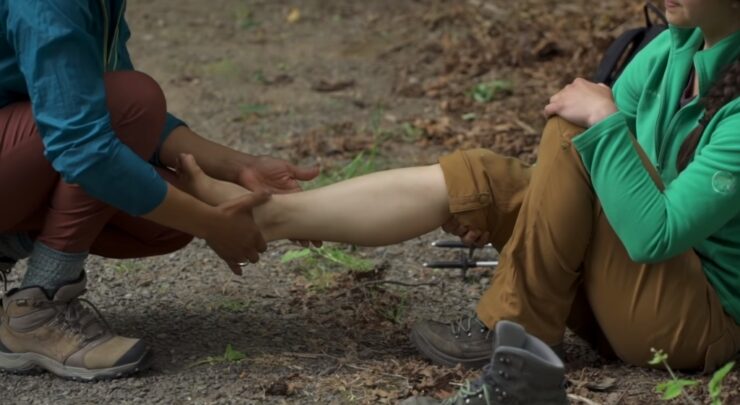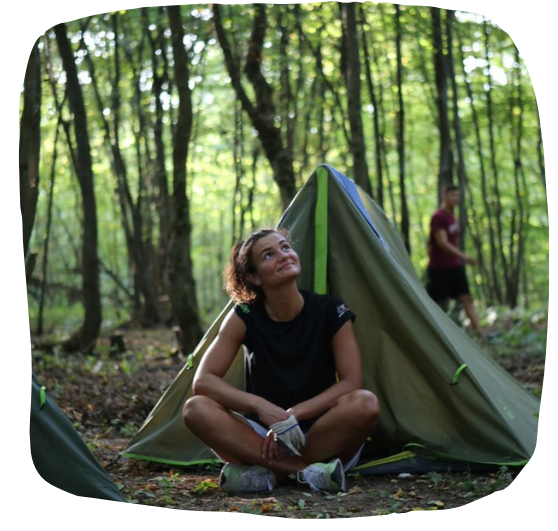Outdoor adventures are a breath of fresh air, quite literally. The thrill of camping under the open sky and being surrounded by nature’s wonders is an experience that everyone should have on their bucket list. However, as you venture into the great outdoors, you must be prepared for the unexpected.
We’re about to delve into the essential skills and knowledge required to ensure your safety when enjoying nature’s bounty. In this blog post, we’ll cover how understanding CPR and first aid can make all the difference in the wilderness.
Contents
The Importance of Being Prepared
Venturing into the wilderness, where nature’s unpredictability reigns, demands a certain level of preparedness. The great outdoors, while enchanting, can throw surprises your way, some of which may not be so pleasant.
The essence of camping and exploring is, undoubtedly, embracing the beauty of nature, but being equipped with the knowledge of basic first aid can be the ultimate game-changer.
In the wilderness, you can encounter unexpected challenges. From abrupt weather changes to surprising wildlife encounters, anything is on the table. With the proper preparation, you can transform a potential nightmare into an inconvenience.
You can elevate your outdoor experience by knowing how to handle various emergencies and in order to do so, you must visit https://cprcertificationnow.com.
Understanding CPR (Cardiopulmonary Resuscitation)
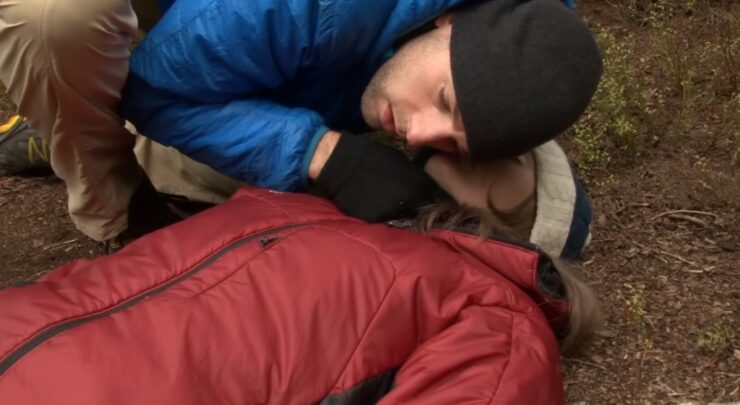
CPR, also known as Cardiopulmonary Resuscitation, is a crucial skill that can act as the ultimate lifesaver when you’re out in the wild. It’s akin to having a defibrillator at your disposal for your camping adventures. It’s the skill you hope you never have to use but should definitely know.
CPR comes into play when someone’s heartbeat or breathing has ceased. It’s the emergency intervention that bridges the gap between life and the unknown. This life-saving technique involves chest compressions and rescue breaths, creating a lifeline for someone hanging on by a thread.
The astounding aspect of CPR is its success rate. When administered properly and without delay, CPR can tilt the scales dramatically in favor of the victim. Knowing how to perform CPR is like possessing a magic wand that can rekindle life in critical situations.
The Essentials of Outdoor First Aid
Equipping yourself with essential first aid supplies is the first step in ensuring safety during your outdoor adventures. Just as you wouldn’t set out on a camping trip without checking the weather forecast or packing food, neglecting to bring first aid supplies can be a grave oversight.
In the wild, accidents can happen, ranging from minor scrapes and bruises to more serious injuries. Having a well-stocked first aid kit can be the difference between a minor inconvenience and a major disaster. This kit should include items like bandages, antiseptic wipes, adhesive tape, scissors, and pain relievers, to name a few.
Remember, these supplies are like your safety net, ensuring that you’re not caught unprepared when the unexpected occurs. And trust me, in the outdoors, the unexpected can be lurking around any corner.
CPR and First Aid Training
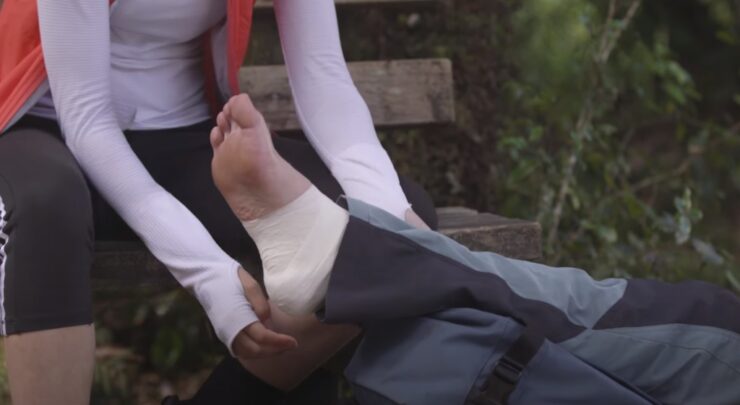
Now, you might be thinking, “How can I use these first aid supplies effectively?” That’s where proper training comes into play. It’s not enough to carry a well-stocked first aid kit; you should also know how to use its contents to provide effective care in emergency situations.
Formal CPR and first aid training is highly recommended. Think of it as an investment in your safety and the safety of your fellow adventurers. This training equips you with the knowledge and skills to handle various outdoor emergencies. It covers topics such as wound care, fracture stabilization, and, of course, CPR.
While you might be tempted to rely on your smartphone for quick online tutorials, formal training is a far more reliable choice. These courses are led by experienced instructors who can provide hands-on practice and immediate feedback. The confidence and competence gained through proper training can be a game-changer when you find yourself in a high-pressure outdoor situation.
Safety Tips for Outdoor Adventures
Let’s face it, the great outdoors is a world of its own, and while it’s exhilarating, it also requires a good deal of respect and caution. Think of the wild as a thrilling roller coaster – you’re in for a fantastic ride, but only if you follow the safety guidelines.
Before embarking on your outdoor escapade, make sure you familiarize yourself with these safety tips:
- Plan Ahead: Always plan your trip thoroughly. Inform someone about your whereabouts and expected return time.
- Stay Hydrated: Dehydration can be a silent threat, so make sure you have enough water with you.
- Fire Safety: If you’re lighting a campfire, do it in designated areas and keep a close eye on it.
- Wildlife Awareness: Keep your distance from wildlife, no matter how tempting it is to get a close-up shot for your Instagram.
- Navigation Skills: Make sure you have navigational tools like maps and a compass, and know how to use them.
- Leave No Trace: Follow the “Leave No Trace” principles by respecting the environment and cleaning up after yourself.
Remember, being safe in the outdoors is not only about your well-being but also about preserving nature for generations to come. It’s a win-win situation.
Camping Safety for Children and Pets
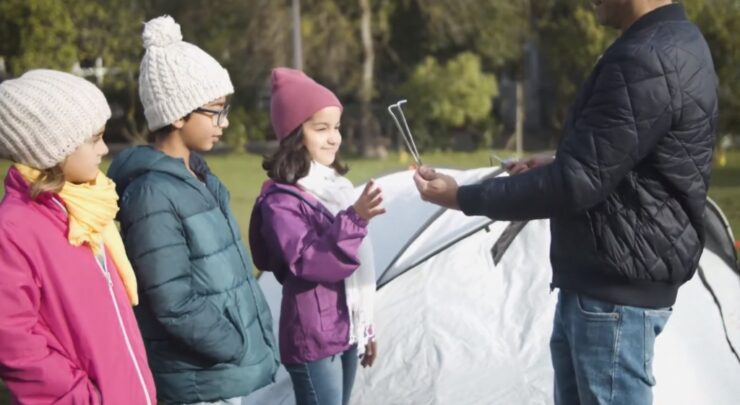
If you’re planning to enjoy the outdoors with your children or furry companions, there are additional safety considerations to keep in mind. Camping with kids and pets can be an amazing experience, but it comes with its own set of challenges.
When camping with children, you need to childproof the campsite, ensuring that it’s a safe environment for exploration. Keep a close eye on them, especially near water bodies, and teach them about the wildlife they may encounter.
For pets, ensure they are well-trained and under control. Always have a leash handy, and carry pet-specific first aid supplies, such as wound care products and any necessary medications. Remember, their safety is your responsibility.
Conclusion
Enjoying the beauty and wonder of the great outdoors is a rewarding experience. However, safety should always be a top priority when embarking on outdoor adventures. By understanding CPR and first aid, being well-prepared with the right supplies, and receiving proper training, you can ensure a safer and more enjoyable.

